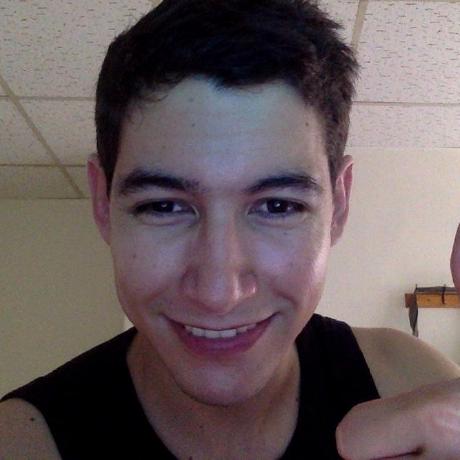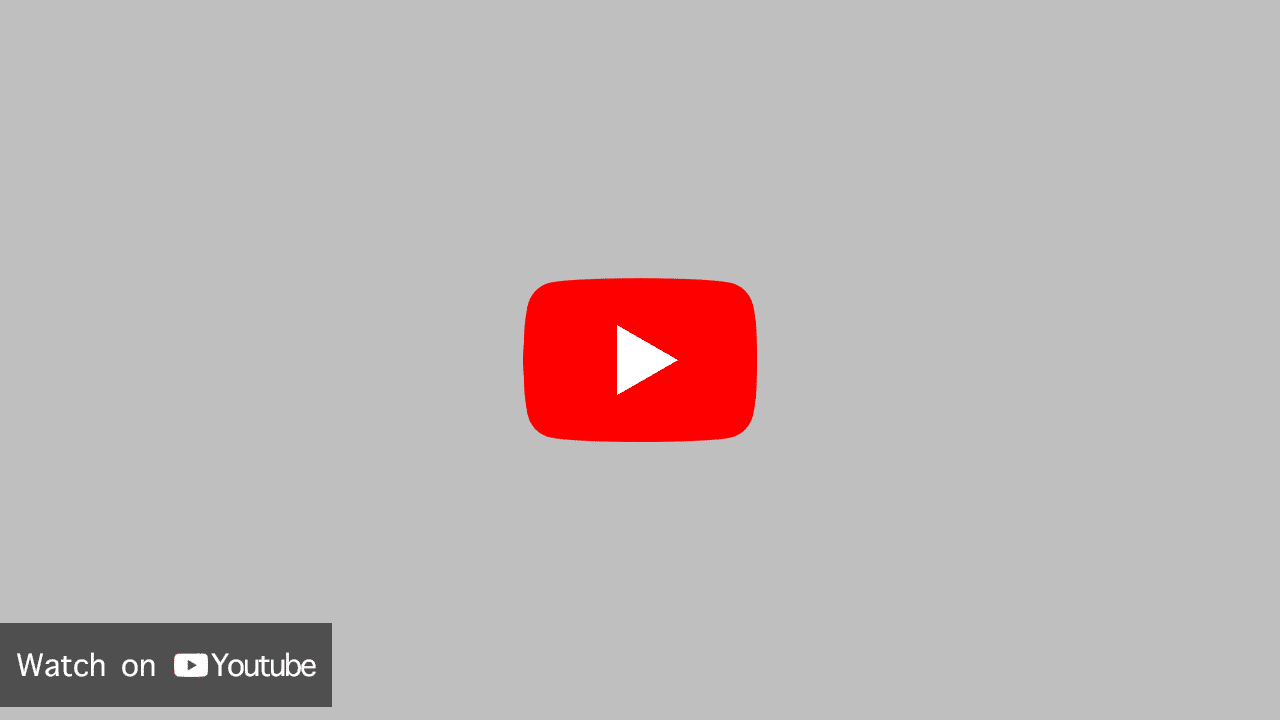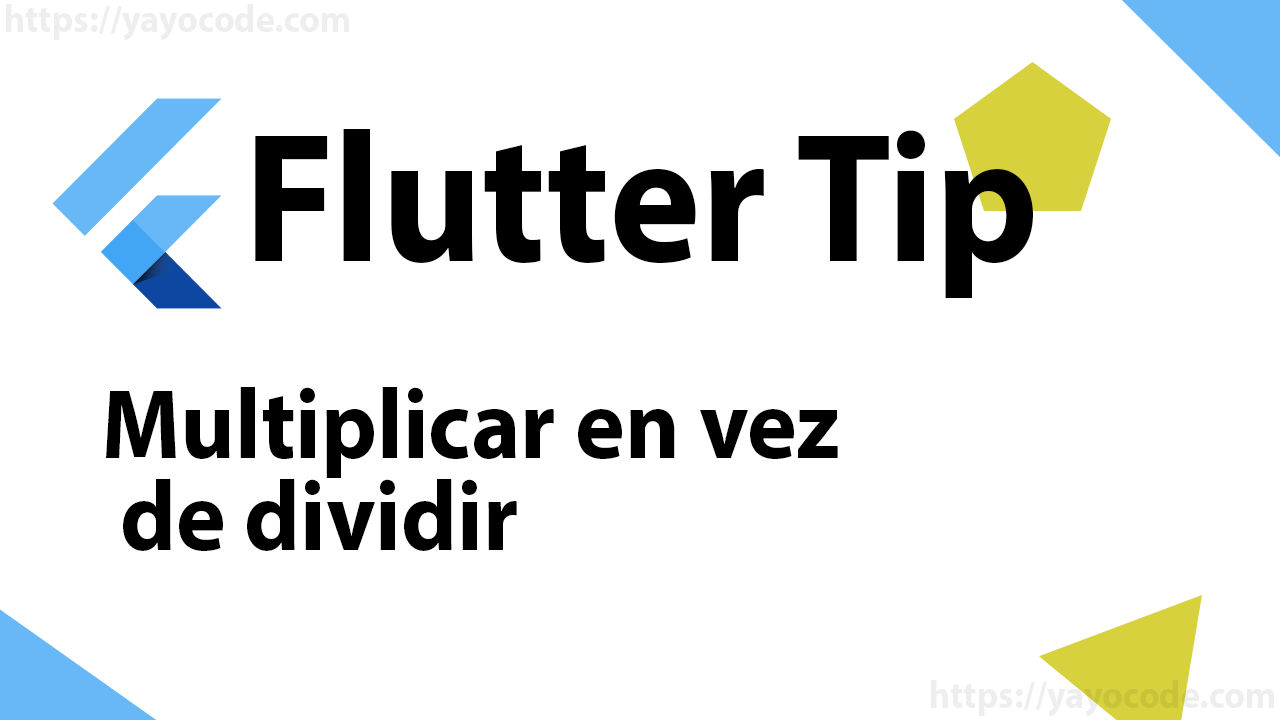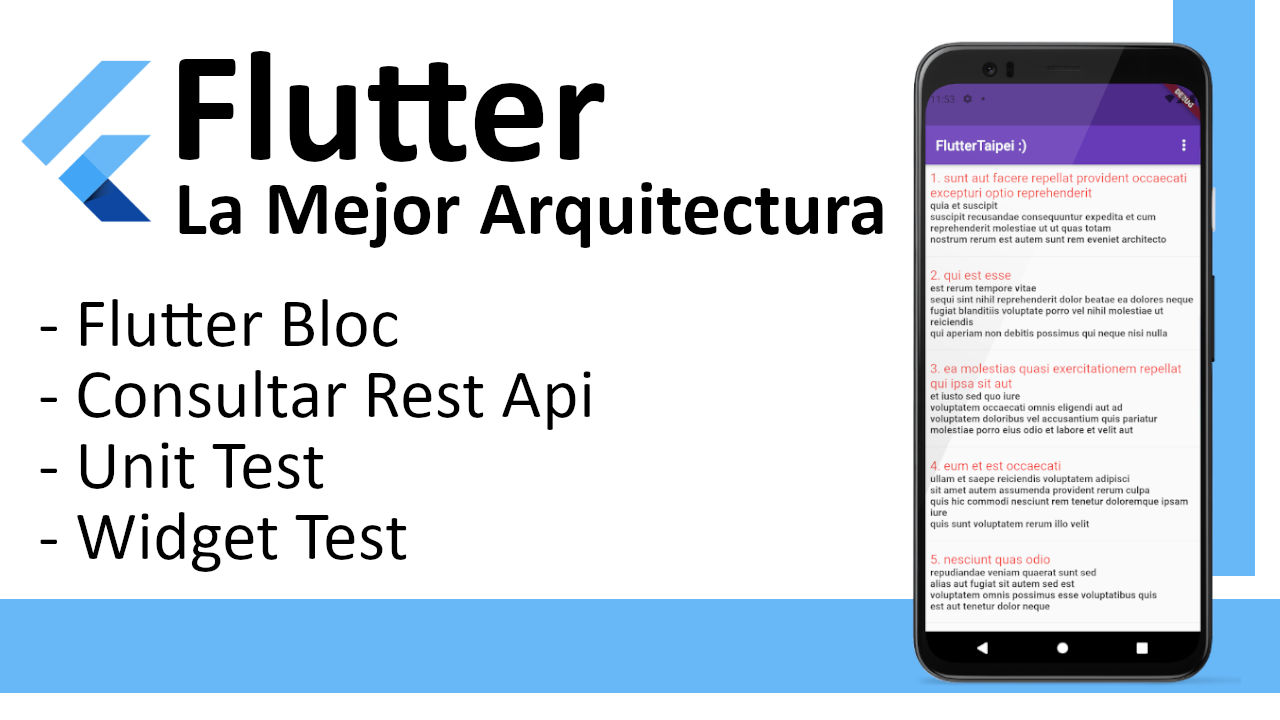SimpleHue Control Chrome Extension Workaround for Hue Bridge V2 API
After updating to the version 13.0.0 of the SimpleHue Control Chrome Extension, probably you started experiences issues. Unfortunately, the root cause lies with Philips Hue itself. Their SSL certificates are currently broken, rendering many Hue integrations (including the SimpleHue Control Chrome Extension) unable to communicate properly with the Bridge.
Version 13.0.1 of the SimpleHue Control Chrome Extension allows the user to select between API V1 or API V2
- API V1: Compatible with older bridges.
- API V2: Compatible with Hue Bridge Pro and older bridges, but we must follow the workaround in this article.
Workaround for API V2.
In this workaround we are going to tell the web browser to trust the self-signed certificate of the Hue Bridge. Your browser will display security warnings like the one shown in the image below.
These warnings can be safely ignored in this case, since the IP address you are connecting to belongs to your own Hue Bridge on your local network.









